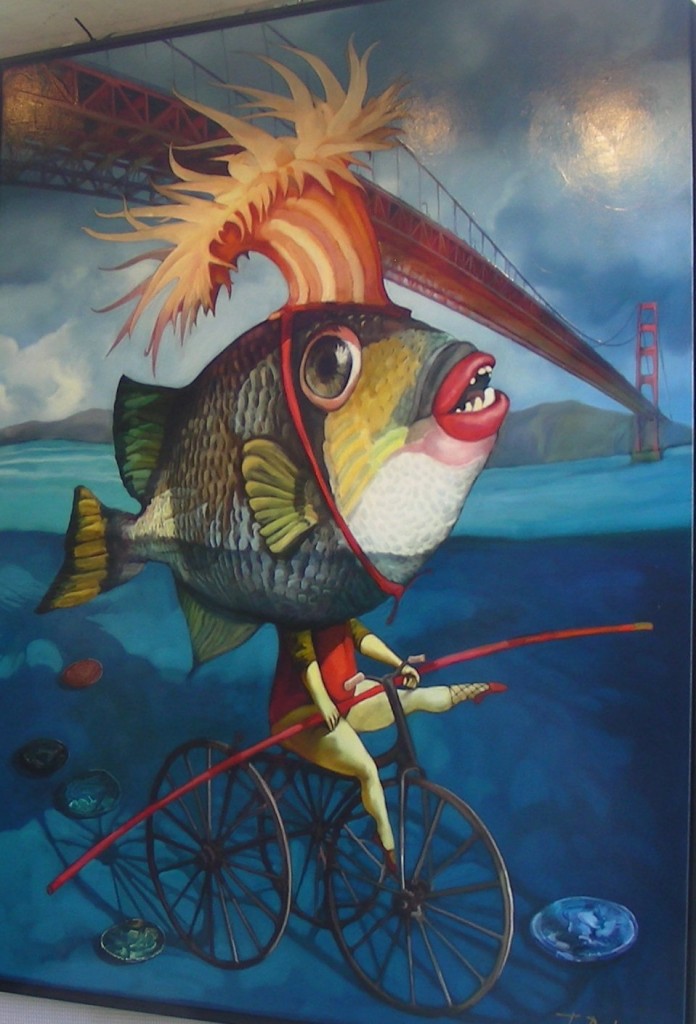Sharing is cool, especially when people share your Tweets. Did you realize that the WORDS YOU USE can help — or hinder — your Tweets from being Retweeted?
It’s scientific. Dan Zarrella reported his research in a slideshare presentation:
Most Retweeted words and phrases:
- you
- please
- retweet
- post
- blog
- social
- free
- media
- help
- Please retweet
- great
- social media
- 10
- follow
- how to
- top
- blog post
- check out
- new blog post
Least popular words in Tweets
- game
- going
- haha
- lol
- but
- watch
- work
- home
- night
- bed
- will
- sleep
- gonna
- hey
- tomorrow
- tired
- some
- back
- bored
- listening
 What’s wrong with these words?
What’s wrong with these words?
[a little levity]
- game– Anyone who spends time gaming doesn’t have the energy to Tweet
- going -If you are always going to do something, chances are you won’t get to it.
- haha – The words Twitter and Tweet are funny enough.
- lol – People are laughing so loudly they get their fingers on the wrong keyboard keys and they spell RT as %*.
- but – No one likes to hear the contradiction.
- watch – If you’re looking at your watch, you’ve lost focus on what matters.
- work – Too obvious: WORK — call it “play” and people will share; call it “work” and people will avoid.
- home – Did you know that the word “home” can be an adverb? Maybe people are confused.
- night – Re-Tweeters are otherwise occupied at night.
- bed – see above
- will – In today’s culture, we want everything NOW. Will implies “later.”
- sleep– See #9
- gonna – Bad English; shows your ignorance?
- hey – “Hey[hay]” is for horses, as the proverbial saying goes. We don’t like to be “hailed” that way.
- tomorrow – You know: when you put things off for tomorrow . . . they don’t get done [or re-tweete].
- tired – No, I’m not getting lazy, it’s just that #’s 9,10,12 and 16 are all related. DON’T use them if you want retweets.
- some – It’s All or Nothing.
- back – With All Things Social Media, we’re looking ahead, not back.
- bored – Don’t worry, the “levity” is coming to a close.
- listening – Can’t figure this one out: _______________________________ YOUR TURN
And if you want to learn more about the science of social media read my last post on Dan’s webinar “Why do people do what they do online.”
